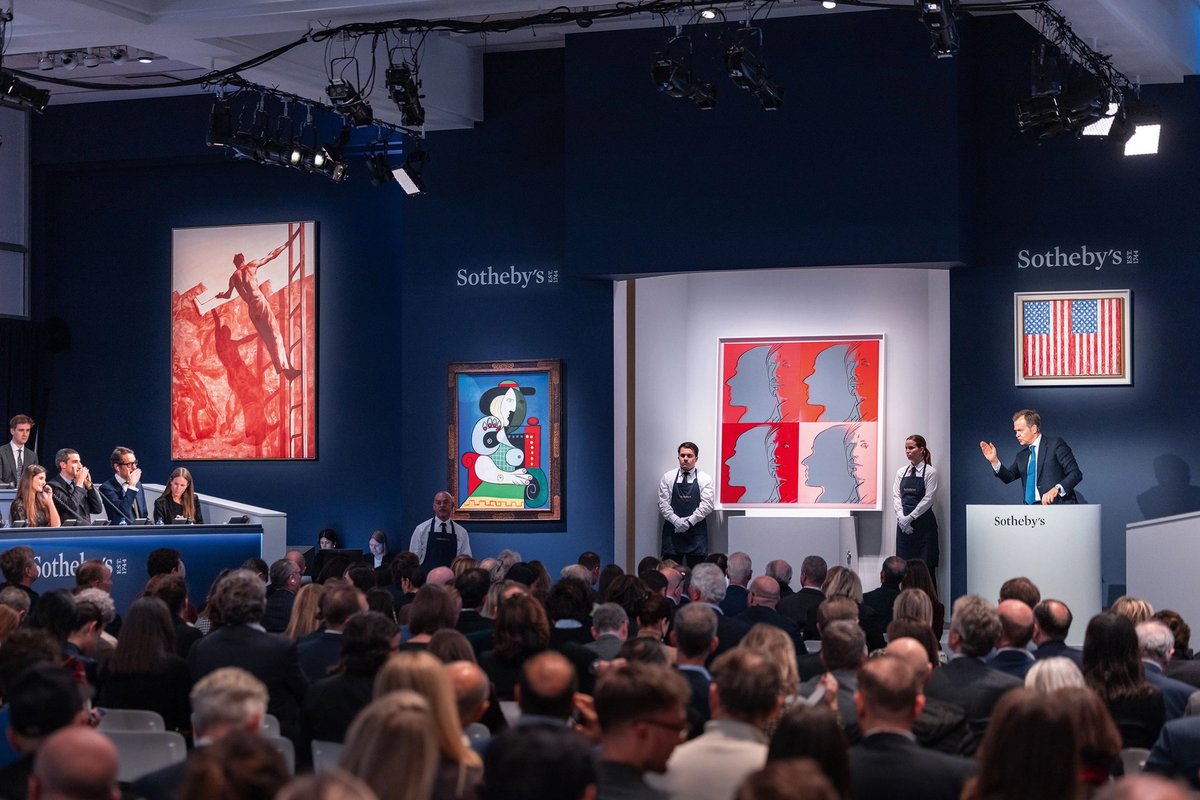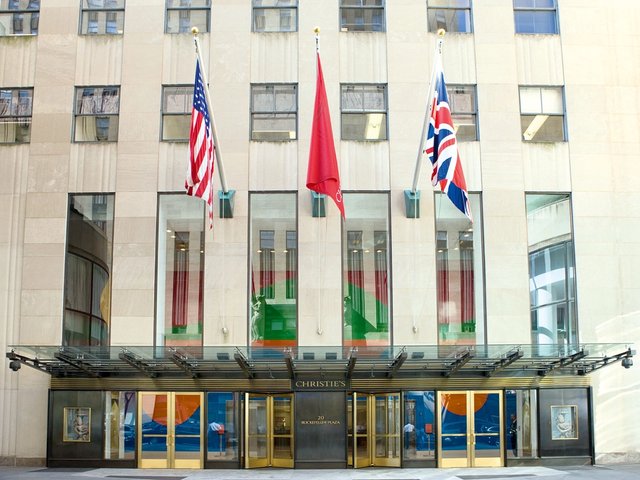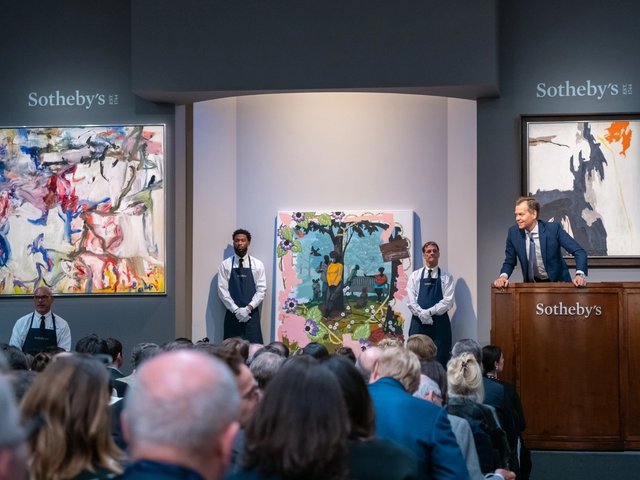Selling prominent single-owner collections has long been seen as a key piece of strategy at the three major auction houses. It is for this reason that Christie’s and Sotheby’s (and to a lesser extent, Phillips) regularly compete to guarantee sums from tens of millions to hundreds of millions of dollars to secure valuable consignments from significant living collectors and the estates of storied patrons.
But results in 2023 may give auction house decision-makers pause on this front, at least temporarily. Based on the conventional wisdom, offering major single-owner collections should have been a sure bet for the Big Three houses during a shaky, uncertain year of business. In hindsight, however, there is relatively little evidence that these big-name sales drastically outperformed those assembled from multiple owners with less fanfare, calling into question the sizeable upfront investment required to secure the former in the first place.
The glitziest evening auction in New York this autumn was devoted to the collection of Emily Fisher Landau, a late, great patron of the Whitney Museum of American Art. The 31 lots in the sale were expected to sell for as much as $430.1m combined, and Sotheby’s guaranteed the estate an undisclosed but hefty price for the privilege to offer them.
Yet the sale generated a hammer total of $351.6m ($406.4m with fees), barely above the $344.5m low estimate (which excludes fees). The financial upside for the house was further limited by its decision to secure third-party guarantees for 25 of the 31 lots (80.6%). For the vast majority of the Fisher Landau works, then, Sotheby’s paid a fee to an outside guarantor—either in cash, if a competitor later beat out their advance bid, or as a discount on the final sale price, if their advance bid won the lot.
Guarantors don’t guarantee success
Phillips took an even more risk-averse approach for its evening sale of works from the Triton Collection Foundation, a Dutch non-profit that is churning some of its Modern and post-war holdings to fund acquisitions of newer pieces. To offset the undisclosed minimum price guaranteed to the Triton Collection Foundation for the group, the auction house found third-party guarantors for all of the 30 lots offered in the evening auction. The hammer total of $69.9m ($84.7m with fees) fell short of the $73.3m low estimate, giving reason to wonder whether the house’s return justified its investment.
The risk aversion by Sotheby’s and Phillips in November looks less extreme relative to the dreary performance of two major single-owner auctions earlier in 2023. On 5 October, Sotheby’s staged an evening auction in Hong Kong of 39 works from the personal holdings of the Chinese entrepreneur Liu Yiqian and his wife, Wang Wei, who co-founded the Long Museum in Shanghai. The house guaranteed only seven of the works in the sale and negotiated third-party guarantees for only five.
Sotheby’s almost undoubtedly regretted the latter. The evening sale made $58m ($69.5m with fees), well below its presale target range of $95.9m to $135.5m. Ten of the lots failed to find buyers. The expected star of the evening, Amedeo Modigliani’s Paulette Jourdain (1919), hammered at $30m ($34.8m with fees), only two-thirds of the unpublished estimate in the region of $45m; it carried a house guarantee but no third-party backing.
A similarly wince-inducing story played out at Christie’s in May, when the house staged its much-hyped 65-lot evening sale of works from the collection of the late real estate developer Gerald Fineberg. The auction generated a hammer total of $124.7m ($153m with fees), roughly 25% by value below its low expectation of $163m. The result was poor for Christie’s but arguably worse for Fineberg’s heirs, who sources say declined a house guarantee in favour of receiving a portion of the buyer’s premium on sold lots. (Partly as a result, the auction also featured no third-party guarantees.)
Although the two other single-owner evening sales in New York last spring performed adequately relative to expectations, neither of the sums they generated is more than a footnote seven months later. Sotheby’s auction of 15 lots owned by Mo Ostin, an American music industry executive, delivered a hammer total of $104.5m ($123.7m with fees), barely above its $103.3m low expectation. Christie’s sale of works from the holdings of S.I. Newhouse, the late publishing magnate, brought $150.5m ($178m with fees) against an estimate of $142.6m to $202.6m. All 16 of Newhouse’s works were guaranteed by Christie’s, and 11 (around two-thirds) were backed by third parties.
The economic uncertainty surrounding New York’s autumn sales may have justified the ultra-conservative strategy adopted by Sotheby’s and Phillips for their Fisher Landau and Triton Collection Foundation evening sales. (It is also plausible that Christie’s would have proceeded similarly had it won those consignments.) But 2023 at least clarified this much: in a soft market, the benefits of offering a major single-owner collection can be undermined—if not overwhelmed—by the costs of winning it, derisking it, or both.






